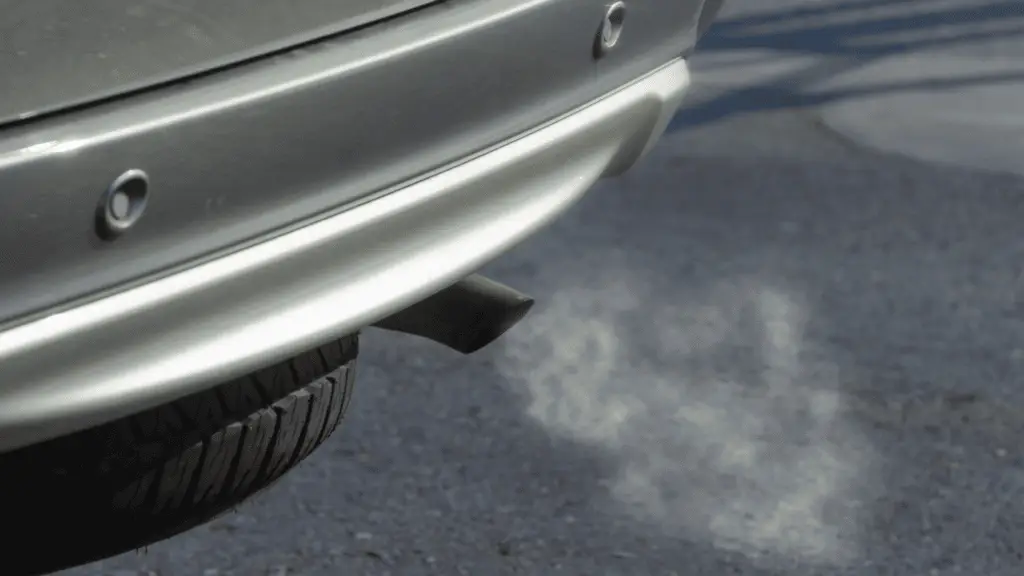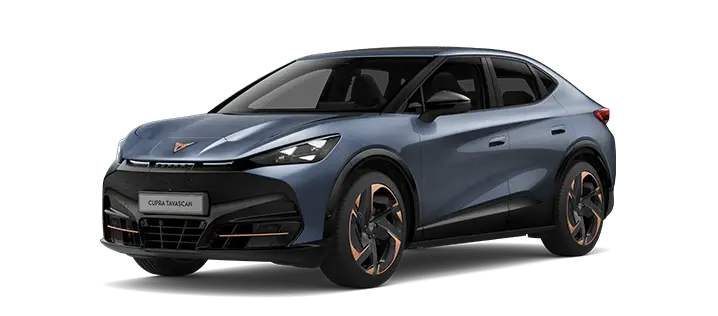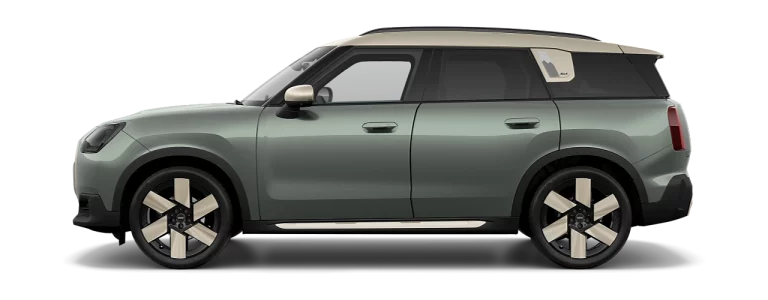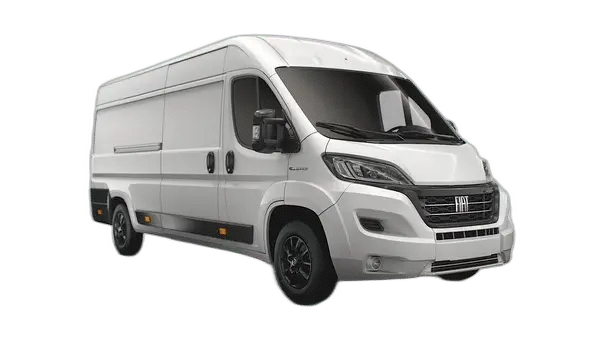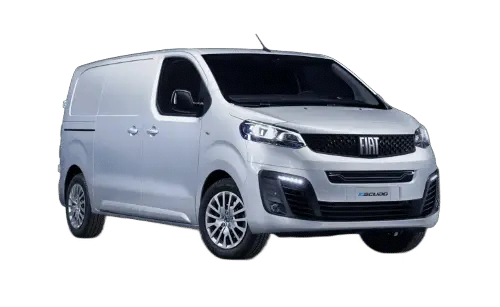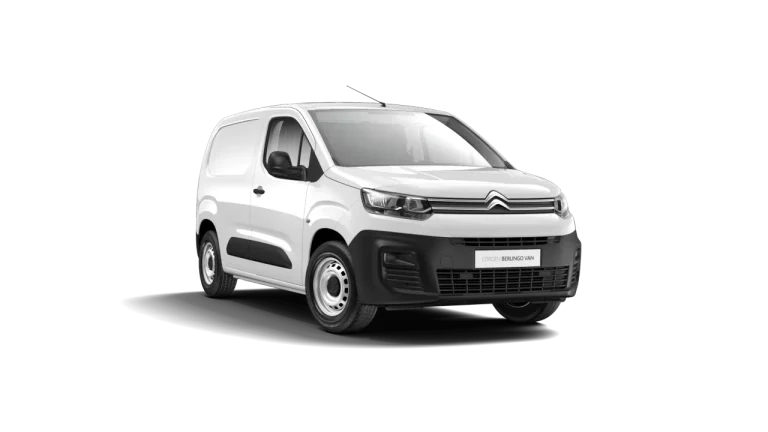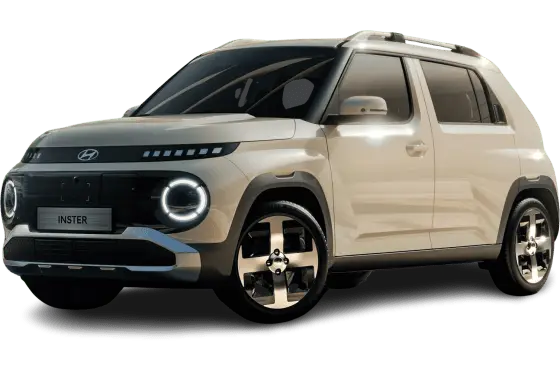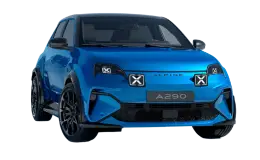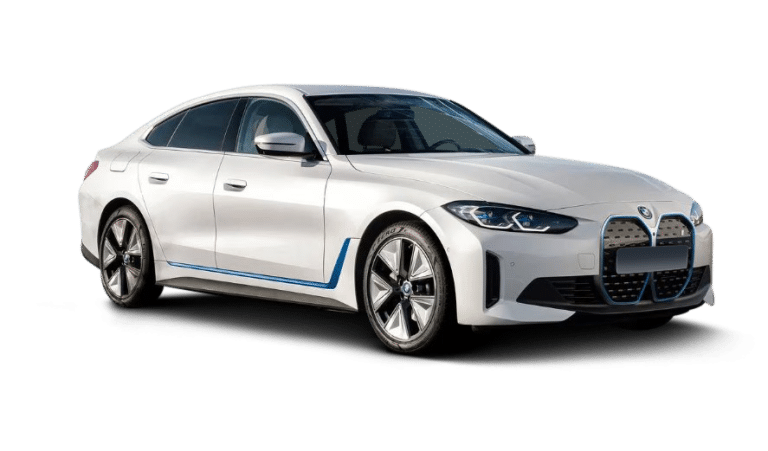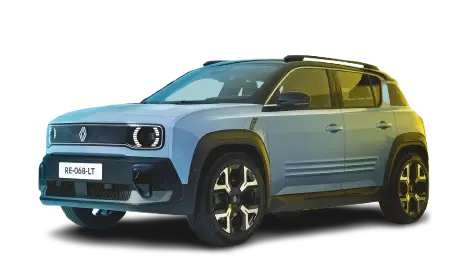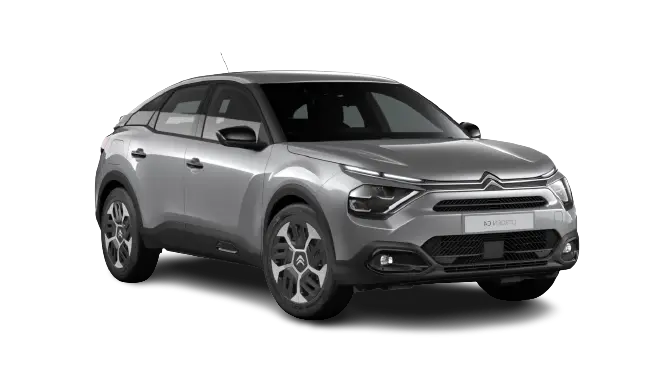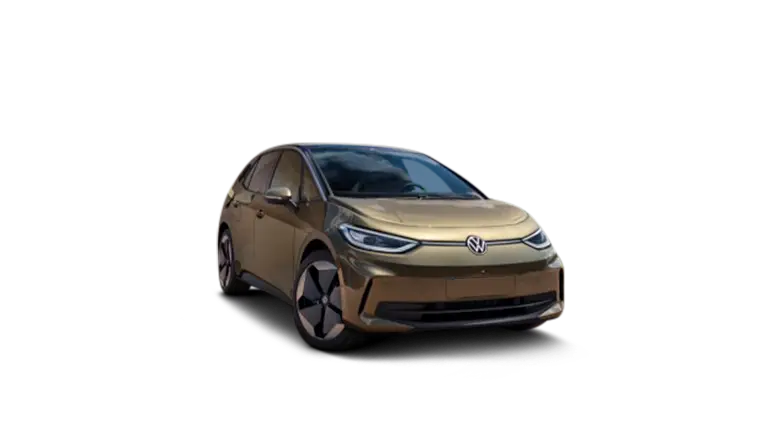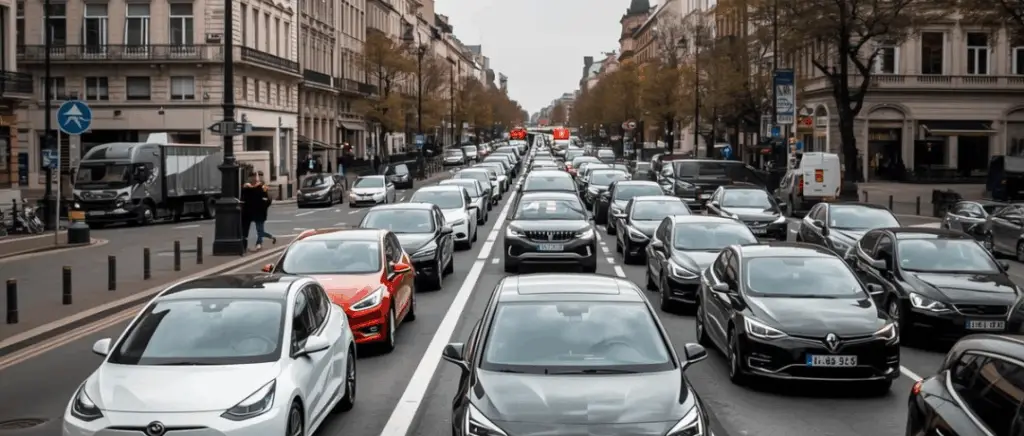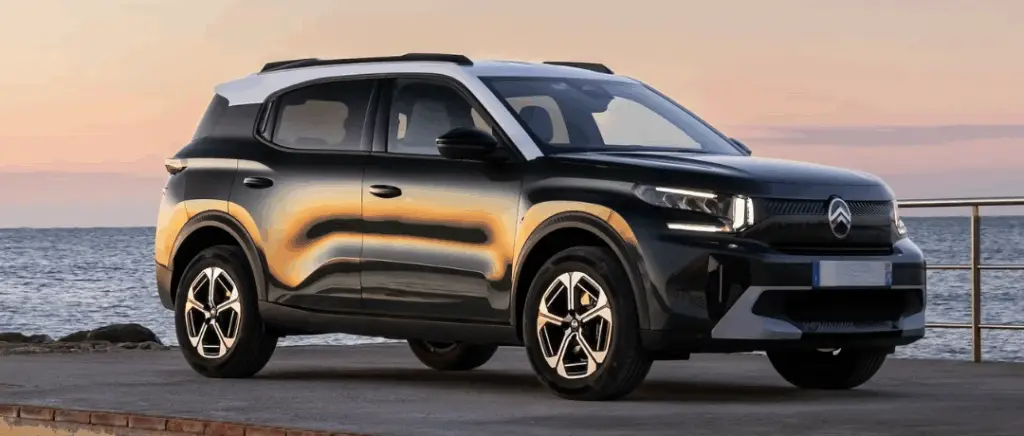Monday to Friday
9am - 12.30pm - 2pm - 7pm
The end of production and sales of internal combustion vehicles
The European Parliament's Environment Committee is proposing to bring forward the end date for the production and sale of combustion-powered cars in Europe to 2035. This was the position of the Chairman of the European Parliament's Environment Committee, Pascal Canfinwho announced the results of the vote on Twitter in May 2022: "46 votes in favour, 40 against and 2 abstentions".
After this initial vote, the European Union presented the climate plan to the European Parliament, and the verdict was favourable. The final verdict came on 27 March 2023, when the European Union approved the plan's entry into force.
This text states that motorists will no longer have to use diesel, petrol and hybrid vehicles, which emit CO2 molecules.
Europe had also set up what is known as the "Fix For 55The European Union has also adopted the "Climate Action Programme", which brings together 12 legislative proposals to speed up the fight against climate change. With this package, Europe aims to reduce carbon emissions in the European Union by at least 55 % by 2030, and to achieve carbon neutrality at 100 % by 2035.
But who will be most affected by the end of the road for internal combustion vehicles?
The agreement on the transition to 100% zero-emission cars sold from 2035 was definitively validated today. It remains unchanged despite the government's attempt 🇩🇪de to weaken it. We are thus opening a new page for the climate and for our industry. https://t.co/ZpHUgOo2zE
- Pascal Canfin (@pcanfin) March 28, 2023
The end of the thermal vehicle for manufacturers
In the front line, all carmakers are affected by these changes and must adapt to the European market as quickly as possible.
While brands Tesla and Aiways have already opted for clean vehicles, some traditional manufacturers have already set a deadline for the electrification of their fleets. They are already equipped for a future 100 % electric, in particular :
- Renault At a conference held on 13 January 2022, Losange CEO Luca de Meo stated that all the brand's vehicles will be 100 % electric from 2030. We can therefore look forward to the release of new electric models in the years to come. What's more, Renault wants to create the Renault-Nissan Alliance to create a single brand. The aim of this alliance is to accelerate the ecological transition. The official decision on this alliance will be taken in July 2022.
- Volkswagen Between 2030 and 2035, the German brand will also stop producing combustion-powered vehicles in Europe and sell 70 % electric vehicles.
- Porsche The end of combustion-powered vehicles is just around the corner for Porsche, which has set itself the target of selling 80 % new clean vehicles by 2030.
- Nissan By 2025, Nissan will also be one of the manufacturers to convert to 100 electric %s. The aim for the Japanese manufacturer is to build nine electrified cars in order to achieve sufficient sales of electric vehicles to compensate for the phasing out of internal combustion vehicles. Admittedly, the Japanese company is currently a little behind its American and European rivals, but the deadline that the manufacturer has set itself will rapidly reduce this gap.
- BMW Despite a number of electric models such as the i4 M50the iX3 or the i4 eDrive40However, the German manufacturer is not in favour of an outright ban on combustion engines. However, in two decades' time, the brand with the propeller could well see itself abandoning its diesel range entirely, followed a decade later by the petrol engine range. In the meantime, BMW plans to reduce its production of combustion-powered vehicles by 50 % this year.
- Honda In order to focus on its hybrid and electric range, Honda will no longer be selling diesel vehicles in Europe from 2021. "From now on, all new models will be diesel-free "said Dave Hodgetts in an interview with Automotive News. The brand is currently off to a good start, starting with the release of the Honda Urban Ev city car in 2019, followed very quickly by the new HR V launched a few months later. Optimistically, the Japanese manufacturer hopes that electric vehicles will account for 2/3 of car sales by 2025.
- Ford Ford: while the Ford collection is not yet entirely electric, it does support the ban on combustion-powered vehicles by 2035. The American manufacturer is making every effort to move rapidly towards this goal. Ford plans to invest 22 billion dollars between now and 2030 to offer only electric vehicles.
Known for being the European leader in the manufacture of light commercial vehicles, the manufacturer is keen to electrify all its models, or to create hybrid vehicles, which will account for two-thirds of future sales. The advantage is that electric vehicles will cost less to build than internal combustion vehicles, but will be more expensive to sell.
- Audi As for the Audi brand, boss Markus Duesmann says that combustion-powered models will disappear from 2033. In his future strategic plan, 'Vorsprung 2030', the Audi boss envisages a switch to 100 % electric cars by 2035.
- Peugeot The lion-faced marque has also taken steps to reduce the manufacture of fuel-powered vehicles. Jean Philippe Imparato, Peugeot's current boss, spoke at the Brussels Motor Show. He himself is confident in electric cars and is ready to eliminate combustion engines from his collection by 2030. "If you want to reduce CO2 emissions by 2030, then you have to accept that the non-hybrid combustion engine segment will be dead by then. Of course, this evolution will be faster in certain countries, depending on local policies, but also in certain segments, city cars for example."
It is also essential to say that this new law presents risks of job losses. Why? Because an electric vehicle will need less maintenance, and that means less labour and fewer parts. This leaves equipment manufacturers and carmakers worried about job losses.
Discover several models of electric vehicles that can be delivered quickly!
Motorists will no longer be able to buy combustion-powered vehicles in 2035
To this day, electric vehicles are taking up more and more space on our roads. In fact, the number of electric vehicles is rising all the time, with currently over 700,000 registrations. Despite this figure showing real potential on the market, many French people are reluctant to buy, mainly because of the high price.
In response to this problem, the government continues to offer national and local subsidies to reduce the cost of buying an electric vehicle. These subsidies are available to all types of user (private individuals, professionals and businesses). To give an example, the State has already put in place :
- the ecological bonus
- the conversion premium
To find out more, read this article, which explains the national and local aid for the purchase of an electric vehicle.
Despite this, the various schemes are not unanimously supported.
The government
By encouraging the French to make their ecological transition, this is pushing the government to speed up the installation of charging points for electric vehicles. In fact, in October 2020, the Ministry of Transport and Ecology launched the "Target plan for 100,000 terminals". Despite an increase of 30 % during 2021, the goal has not been achieved.
To speed up the roll-out of charging solutions, the government is renewing its target of reaching 100,000 charging points open to all by 2022, and envisages 7 million private and public charging points by 2030.
To achieve this, the ADVENIR programmewhich was due to expire in 2023, has been extended to the end of 2025, according to the order dated 10 December 2021. With this extension, the ADVENIR programme has earmarked an additional budget of €200 million to develop nearly 65,000 recharging points across France.
To achieve this new objective, ADVENIR is planning recharging solutions for various beneficiaries, including :
- The installation of 22,500 recharging points in car parks open to the public
- Installation of 20,000 community recharging points
- 13,500 charging points for HGVs (passenger and goods vehicles)
- For car service professionals, an installation of 8,000 charge points.
The ZFE-m: combating the most polluting combustion-powered cars
When we talk about Crit'Air stickers, we are also talking about ZFE-m zones. Low Emission Zones (ZFE-m) are defined urban zones that limit or ban the circulation of the most polluting cars. The ZFE-m are designed to protect the inhabitants of these polluted areas.
The transport sector emits 31 % of greenhouse gases, making it the most polluting sector. They are therefore helping to reduce CO2 emissions from road traffic.
These The EPZs require companies to a change in their fleets automobiles for less polluting cars. Companies such as La Poste have chosen to take the lead, by starting the electrification of their fleet.
The aim is to encourage the use of the cleanest cars. Barbara Pompili, the French Minister for the Ecological Transition, and Jean-Bernard Djebarri, the French Minister for Transport, have come up with a solution to strengthen the ZFE-m (Zones à Faibles Émissions Mobilités) scheme. To drive in towns that have introduced a ZFE-mYou must have the vignette. Crit'Air that corresponds to his car, on his windscreen.
Today, 11 cities have joined the EPZ movement:
- Paris and part of the Greater Paris region
- Greater Lyon
- Grenoble Alpes Métropole
- Métropole d'Aix-Marseille-Provence (during September 2022)
- Nice-Côte d'Azur Metropolitan Area
- Toulon-Provence-Méditerranée Metropolitan Area
- Toulouse Métropole
- Montpellier-Méditerranée Métropole
- Strasbourg Eurometropolis (deferred until 2022)
- Lille European Metropolis (deferred until 2022)
- Greater Rouen-Normandy
Other EPZs are currently being studied:
- ZFE CA de la Rochelle
- ZFE Greater Annecy CA
- ZFE CA Valence Romans Agglo
- ZFE CC Cluses-Arve et Montagnes
- ZFE CC de la Vallée de Chamonix-Mont-Blanc
- ZFE CC Faucigny-Glières
- ZFE CC Pays du Mont-Blanc
- ZFE Clermont Auvergne Métropole
- ZFE CU d'Arras
- ZFE CU du Grand Reims
- ZFE Greater Nancy Metropolis
- Saint-Etienne Métropole EPZ
By 2025the 43 cities with more than 150,000 inhabitants will in turn have to join the ZFE-m schemein anticipation of stricter European regulations.
Low-emission" hybrid vehicles
Faced with this harsh reality, other carmakers are investing in new technologies capable of filling the gap left by thermal energy.
More and more hybrids are appearing on the market.
Hybrids are less polluting than diesel and petrol vehiclesBut they still emit a lot of CO2. In fact, hybrids are equipped with two engines, one thermal, the other electric, which weigh between 200 and 300 kilos, but it turns out that the weight of these engines will make the vehicle heavier. The result is higher CO2 emissions and a greater need for energy from the engine, leading to more pollution.
Of course, hybrid vehicles comply with legislation aimed at making the transition to electric vehicles, but... are they a good choice for the environment?
With a view to reducing CO2 emissions, it's actually preferable to equip yourself with an electric vehicle straight away. In fact, hybrid engines generate more pollution than you might think. What's more, the law banning the sale of internal combustion vehicles also includes hybrid vehicles.
You would like toto electric?
Beev offers multi-brand 100% electric vehicles at the best prices, as well as recharging solutions.
The end of combustion-powered cars: don't wait until 2035!
In 2035, petrol, diesel and hybrid vehicles will be banned from circulation and from purchase! Whether you're an individual or a company, plan ahead and anticipate these measures. Discover the various key dates that will have a considerable impact on the reduction of CO2 emissions and the emergence of electric cars in the daily lives of motorists and manufacturers.
In the face of these changes, are there any anti-personnel solutions?
As the end of combustion vehicles has been put forward for 2035, it is essential to think about the various alternatives and solutions to prepare for the energy transition.
There are several ways of doing this:
Retrofitting your old internal combustion vehicle
Did you know that it is now possible to convert your old internal combustion vehicle (petrol or diesel) into an electric one? This is known as retrofitting. Since 2020, this transformation has been carried out by professionals specialising in this field, where the aim is to dismantle the vehicle's combustion system and replace it with an engine and an electric motor. battery without changing your vehicle. Retrofitting an old vehicle offers a number of advantages, including
- Price: buying a new electric vehicle costs at least €20,000. Retrofitting, on the other hand, is much cheaper, especially as the conversion premium provides financial support. This can be as little as €2,500 if your income is under €18,000, and €5,000 if your income is over €18,000.
- You keep your vehicle: as you'll have realised, to carry out this operation, you won't need to change your vehicle to go electric. So you're giving your vehicle a second life.
- Ecological advantage: retrofitting your vehicle is also synonymous with a commitment to reduce your carbon footprint. carbon footprint in circulation and its manufacture.
Hire electric vehicles from Beev
To get the most out of an electric vehicle, you can opt to rent, or more commonly known as leasing. Beev offers private individuals, businesses and professionals the chance to lease clean vehicles. To lease a vehicle, you can choose between 3 financing options: LLD, LMD and the LOA.
Depending on individual needs and objectives, the length of the contract will differ according to the leasing option chosen.
- LLD 100 % electric vehicles can be leased for between 24 and 60 months.
- LMD Beev's medium-term rental scheme allows you to rent a clean vehicle for a shorter period of between one and 24 months. This type of lease can be useful for urgent needs or if you simply want to test drive an electric vehicle.
- LOA Leasing: leasing with an option to purchase allows you to hire a vehicle for a limited period with the possibility of buying it at the end of the contract. In this case, if the lessee so wishes, he or she becomes the owner of the vehicle.
Whatever the profile of the applicant, there are a number of benefits to be gained, including:
- Control over your finances: with fixed monthly payments, it's easier to budget. You'll be able to enjoy the vehicle with peace of mind.
- At the end of the contract, it is possible to benefit from electric vehicles with the latest technological advances.
For more information, please contact contact us.
Finally, the plan to put an end to internal combustion vehicles seems to be well defined, and seems to be bearing fruit. To complement this major step forward, the government has voted to introduce other complementary restrictions aimed at reducing pollution, such as the end of coal production in France in 2022, and the overall reduction of fossil fuel consumption to less than 40 % by 2030.
